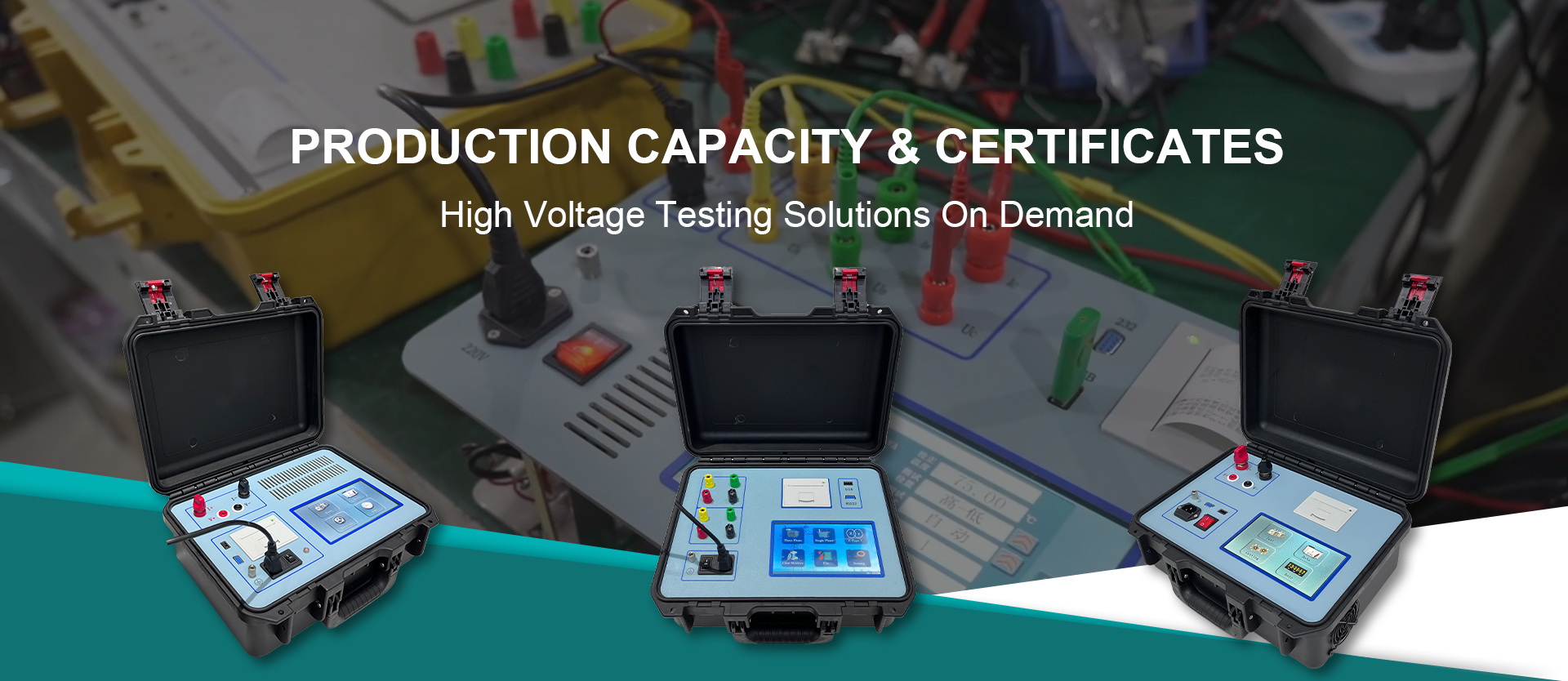 English
English


Understanding the Importance of Voltage Ratio Testing in Ensuring Transformer Efficiency and Performance
Voltage Ratio Test in Transformers
Transformers are crucial components in the electrical power distribution system, playing a pivotal role in stepping up or stepping down voltage levels for efficient electricity transmission. One of the essential tests performed on transformers is the Voltage Ratio Test, an essential diagnostic tool for ensuring the device operates correctly and efficiently.
The Voltage Ratio Test, as its name suggests, involves measuring the primary and secondary voltage levels of a transformer when it is energized. The primary voltage is applied to the transformer, and the resulting secondary voltage is measured. The ratio of these two voltages should equal the turns ratio of the transformer, which is defined by the number of windings in the primary coil compared to those in the secondary coil. This relationship is crucial as it determines the transformer's ability to convert voltage levels properly.
Importance of the Voltage Ratio Test
Conducting the Voltage Ratio Test offers several key benefits. First and foremost, it verifies that the transformer is functioning as designed, providing confidence that it will perform its necessary voltage conversion under load conditions. Any significant deviation from the expected voltage ratio could indicate problems such as incorrect winding connections, shorted turns, or potential insulation failures.
Furthermore, the test can help identify the health of a transformer. A consistent voltage ratio aligns with the manufacturer's specifications, indicating that the equipment is in good condition. Conversely, variations in the voltage ratio can reveal underlying issues that may necessitate further investigation or maintenance. Early detection of these potential problems can prevent costly failures and extend the transformer's operational lifespan.
Testing Procedure
voltage ratio test in transformer

The procedure for conducting a Voltage Ratio Test is relatively straightforward. To begin, the transformer should be disconnected from the power system to ensure safety. After confirming that it is safe to test, the test equipment is connected to the primary and secondary terminals of the transformer. Standard voltages are applied to the primary side, and the secondary voltage is measured.
Usually, a transformer turns ratio (TTR) test set is employed for this purpose. It has built-in capabilities to apply the test voltage accurately and measure the resulting secondary voltage. Once both voltage readings are taken, the voltage ratio can be calculated. This calculated ratio is then compared to the transformer's rated turns ratio to determine if it is operating correctly.
Interpreting Results
After the Voltage Ratio Test is completed, interpreting the results is the next step. If the voltage ratio matches the expected values within acceptable tolerances, the transformer is deemed to be functioning correctly. However, if there is a significant discrepancy, further evaluation will be needed. Engineers must revisit the transformer’s wiring connections, inspect for any physical damage, and evaluate insulation integrity.
Additionally, environmental factors can play a role in voltage ratio variances, such as temperature and humidity, which can affect the physical properties of the insulating materials. Therefore, it is essential to consider these factors during analysis.
Conclusion
The Voltage Ratio Test is an indispensable part of transformer maintenance and diagnostics. It ensures that transformers are operating within their designed specifications, which is crucial for power system reliability and efficiency. By regularly performing this test, utilities and electrical engineers can mitigate risks, extend the life of the equipment, and maintain the integrity of the electrical grid. Understanding and implementing this test can lead to significant enhancements in the operational safety and functionality of transformers.
-
Differences between open cup flash point tester and closed cup flash point testerNewsOct.31,2024
-
The Reliable Load Tap ChangerNewsOct.23,2024
-
The Essential Guide to Hipot TestersNewsOct.23,2024
-
The Digital Insulation TesterNewsOct.23,2024
-
The Best Earth Loop Impedance Tester for SaleNewsOct.23,2024
-
Tan Delta Tester--The Essential Tool for Electrical Insulation TestingNewsOct.23,2024





